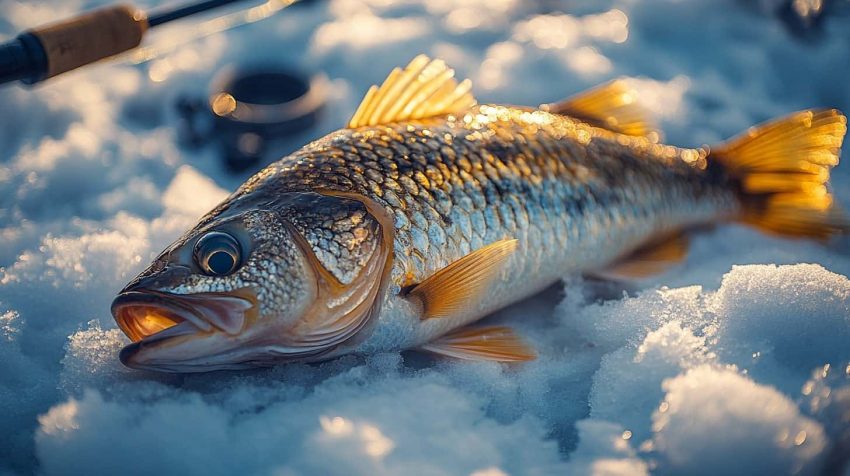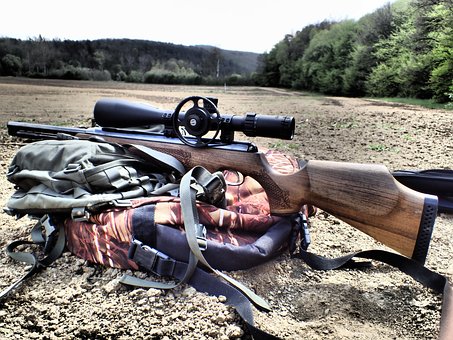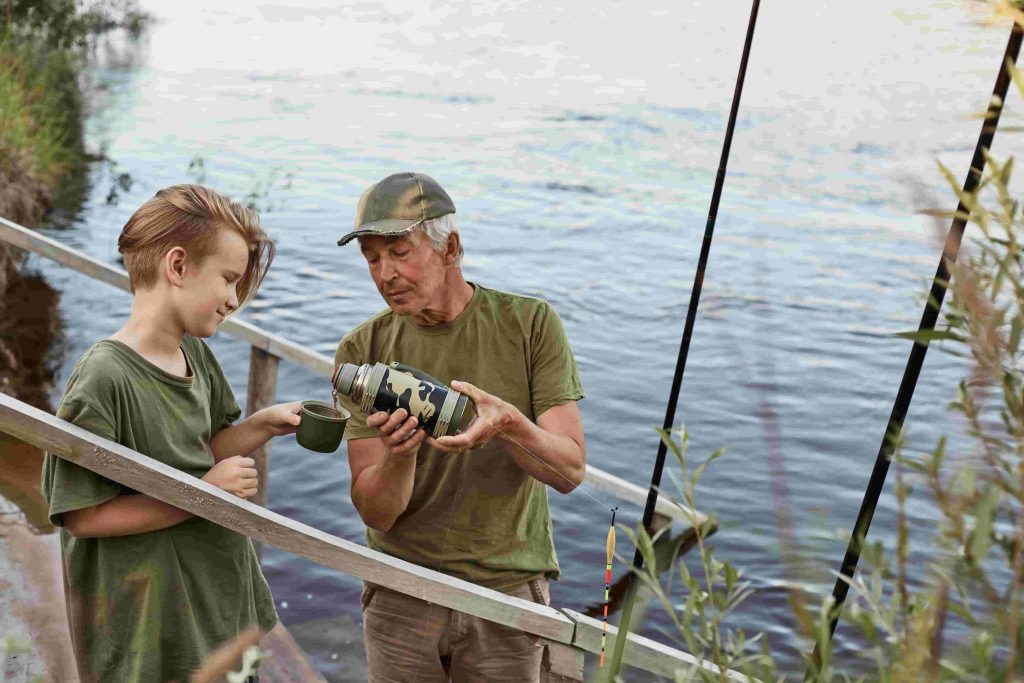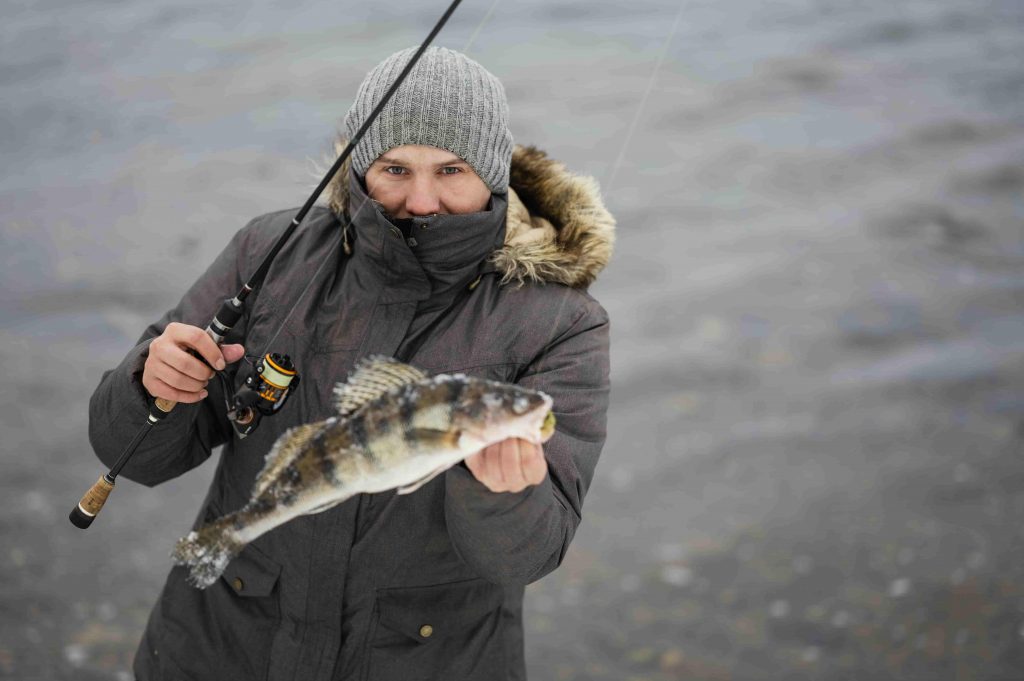Ice fishing is one of the most rewarding and unique experiences an angler can have. Unlike traditional fishing, it requires a combination of patience, strategy, and the right equipment to be successful. When lakes freeze over, a whole new world of fishing opportunities opens up, allowing you to target species like perch, walleye, trout, and pike in an environment unlike any other. Whether you are new to ice fishing or looking to refine your skills, this guide will provide you with everything you need to know to have a successful day on the ice.
Choosing the Right Location for Ice Fishing
The first step in successful ice fishing is selecting the right location. Different lakes and regions provide different fishing opportunities, and some bodies of water are better suited for ice fishing than others. Before heading out, research local fishing reports to see where the fish are biting.
Look for lakes known to have a strong population of fish species that thrive in cold temperatures. Some of the most popular ice fishing species include:
- Walleye – Found in deep, clear lakes and known for their aggressive feeding habits.
- Perch – Smaller fish that often travel in schools, making them an exciting catch.
- Northern Pike – Large, powerful fish that provide a thrilling challenge.
- Lake Trout – A prized catch for many ice anglers, often found in deep waters.
Pay attention to depth maps and underwater structures, as fish tend to congregate around drop-offs, weed beds, and submerged rock formations.
Essential Gear for Ice Fishing
Having the right gear is crucial for both safety and success. Unlike summer fishing, where you can move freely around a lake, ice fishing requires a completely different approach. Here are the key items you’ll need:
- Ice Auger – A hand-powered or motorized drill that allows you to cut holes through the ice.
- Fishing Rod and Reel – Shorter than regular fishing rods, ice fishing rods are built for durability and sensitivity.
- Tip-Ups – A device that allows you to set multiple lines in different locations, ideal for passive fishing.
- Ice Shelter – Portable tents or cabins that help protect against wind and cold temperatures.
- Warm Clothing – Layering is essential. Wear moisture-wicking base layers, insulated outerwear, and waterproof boots.
- Sonar or Fish Finder – A useful tool for detecting fish under the ice and determining depth.
- Bait and Lures – Live bait like minnows and wax worms work well, while jigging lures help attract more aggressive fish.
Techniques for a Successful Ice Fishing Trip
Catching fish through a hole in the ice may seem simple, but it requires strategy and patience. There are two primary approaches to ice fishing:
1. Jigging
Jigging involves using a short, vertical motion with your rod to attract fish. This method is best for targeting active fish like walleye and perch. Use small jigs tipped with bait and vary your movements until you find what works best.
2. Using Tip-Ups
Tip-ups are ideal for setting multiple lines at different depths. Once a fish bites, the flag pops up, signaling you to pull the line in manually. This method is commonly used for larger fish like pike and lake trout.
Key Tip: Change locations if you’re not getting bites. Fish tend to move, so drilling multiple holes and testing different depths can increase your chances of success.
Staying Safe on the Ice
Ice fishing is an enjoyable activity, but safety should always be the top priority. Before heading out, make sure the ice is thick enough to support your weight.
- Minimum Ice Thickness Guidelines:
- 4 inches – Safe for walking
- 5-7 inches – Safe for snowmobiles and ATVs
- 8-12 inches – Safe for cars and small trucks
Always check local conditions and carry ice safety picks, a throw rope, and a life vest. Avoid fishing alone, and let someone know where you’ll be in case of emergencies.
Best Time of Day for Ice Fishing
Like traditional fishing, ice fishing success depends on the time of day. Fish are most active during:
- Early Morning (Sunrise – 10 AM) – Walleye and perch tend to feed aggressively at dawn.
- Late Afternoon (3 PM – Sunset) – Many species, including pike and trout, become more active in the evening.
Midday can be slower, but changing depths and lure presentations can still produce fish.
Cleaning and Cooking Your Catch
Once you’ve caught your fish, cleaning it properly ensures the best flavor and texture.
- Descale the Fish – Use a scaler or knife to remove scales.
- Filet or Gut the Fish – Depending on the species, you can choose to fillet or clean it whole.
- Cook Fresh or Freeze – Freshly caught fish can be cooked immediately or stored in the freezer for later use.
Popular ice fishing recipes include pan-fried walleye, grilled perch, and smoked lake trout. Adding a touch of lemon, butter, and seasoning enhances the natural flavor of the fish.
Conclusion
Ice fishing is a fantastic way to enjoy the winter months, providing both a challenge and a rewarding experience. By preparing properly, choosing the right gear, and using effective fishing techniques, you can maximize your chances of a successful trip. Whether you’re fishing for sport or looking to put dinner on the table, the thrill of pulling a fish through the ice is unlike any other.
So, bundle up, grab your gear, and hit the ice—your next great catch is waiting!



